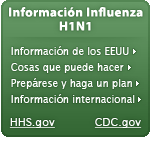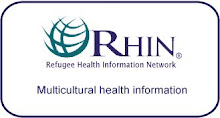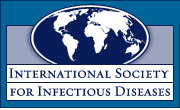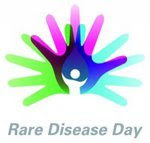Embargoed for Release
Thursday, February 14, 2013
10 a.m. EST
Thursday, February 14, 2013
10 a.m. EST
NIH study finds increases in risk of certain leukemias related to treatment
A new study describes the pattern of risk for one form of cancer, acute myeloid leukemia (AML), that has risen over the past three decades for adults who have previously been treated with chemotherapy for other forms of cancer, notably non-Hodgkin’s lymphoma.The findings, from researchers at the National Cancer Institute (NCI), part of NIH, and colleagues, appeared online in Blood on Feb.14, 2013. Although these findings were based on small numbers of patients, they are intriguing in light of recent changes in treatment practices for these cancer patients.
The researchers noted that chemotherapy is often a very effective treatment for cancer, and the subsequent risk of leukemia is generally low for an individual patient. The authors indicated that the increased risk among NHL survivors could be due to prolonged survival in recent years for some lymphoma subtypes that are associated with multiple courses of chemotherapy.
Over the study time period, the researchers observed declining risk among patients treated for ovarian cancer, myeloma, and possibly lung cancer. The decreased risk among patients with ovarian cancer is consistent with a shift from use of an alkylating agent called melphalan to platinum-based chemotherapy in the early 1980s.
“It has long been known that some types of chemotherapy are associated with a high risk of developing subsequent leukemia, particularly when treatments include certain alkylating agents,” said lead author Lindsay Morton, Ph.D., in NCI’s Radiation Epidemiology Branch in the Division of Cancer Epidemiology and Genetics. “The goal of this study was to better understand how cancer patients’ risk of developing leukemia has changed over time.”
The authors also found evidence that the risk of treatment-related AML has increased since 2000 among patients treated for esophageal, prostate, and cervical cancer and since the 1990s among patients treated for cancers of the bones and joints and of the endometrium.
Morton and colleagues used data from NCI’s Surveillance Epidemiology and End Results (SEER) cancer registries to evaluate the risk of leukemia in more than 426,000 adults who had been diagnosed with cancer between 1975 and 2008 and who had received chemotherapy as part of their initial cancer treatment. Among these patients, the authors identified 801 people who subsequently developed AML. Because the data came from SEER cancer registries, information on specific drugs used to treat each individual patient was not available. A unique feature of the study was the ability to evaluate leukemia risks in a large number of patients treated with chemotherapy in the current treatment era (2001-2008).
The researchers say it is important to identify patient groups that have the highest risks of treatment-related leukemia, particularly for patients with cancers that have favorable survival potential, so that efforts to prevent a return of the disease can be implemented where possible. Future studies are needed to gather information on the risks associated with specific chemotherapy agents, which could not be obtained from this study.
“In addition, it will be interesting to evaluate the role of a patient’s genetic susceptibility to treatment-related leukemia,” added Morton. “If certain inherited traits predispose patients to a second malignancy as a result of treatment, clinicians could more accurately weigh the risk of leukemia against the established benefits of chemotherapy.”
This research was supported with intramural funding via contract Z01 CP010131-18.
The National Cancer Institute (NCI) leads the National Cancer Program and the NIH effort to dramatically reduce the burden of cancer and improve the lives of cancer patients and their families, through research into prevention and cancer biology, the development of new interventions, and the training and mentoring of new researchers. For more information about cancer, please visit the NCI website at http://www.cancer.gov or call NCI's Cancer Information Service at 1-800-4-CANCER (1-800-422-6237).
About the National Institutes of Health (NIH): NIH, the nation's medical research agency, includes 27 Institutes and Centers and is a component of the U.S. Department of Health and Human Services. NIH is the primary federal agency conducting and supporting basic, clinical, and translational medical research, and is investigating the causes, treatments, and cures for both common and rare diseases. For more information about NIH and its programs, visit http://www.nih.gov.
NIH...Turning Discovery Into Health ®
Reference:
Morton LM et al. Evolving risk of therapy-related acute myeloid leukemia cancer chemotherapy among adults in the United States, 1975-2008. Blood, the journal of the American Society of Hematology. Feb. 14, 2013.






















.png)











No hay comentarios:
Publicar un comentario